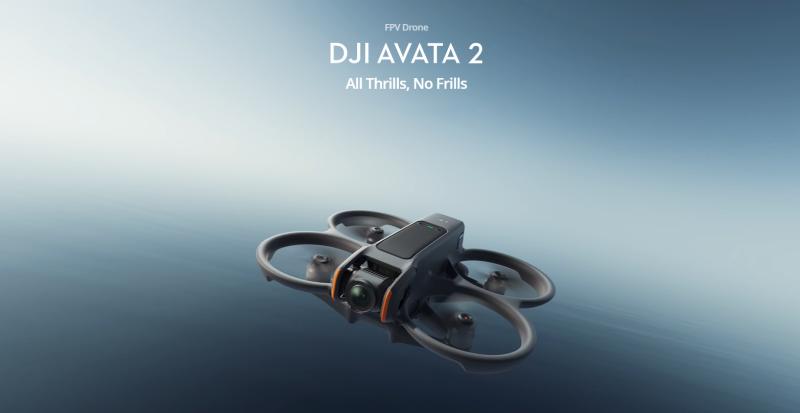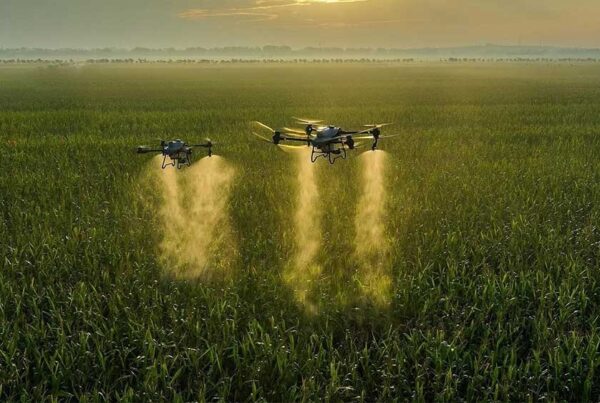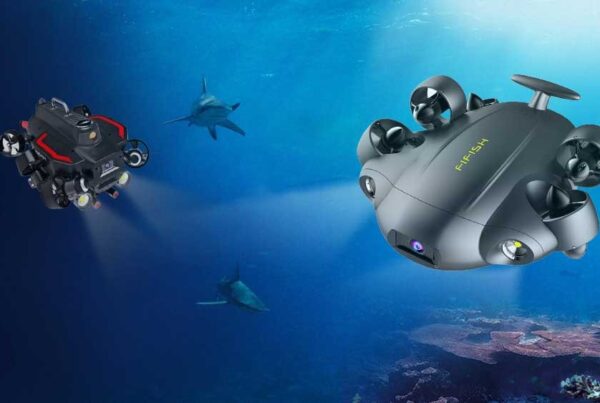
Introduction
As a drone racer who thrives on the adrenaline rush of high-speed competition, choosing the right gear is critical. Today, we’re diving into a head-to-head comparison of DJI’s Avata 1 and Avata 2 to determine which model takes the crown in the fast-paced world of drone racing.
Design and Build Differences
The DJI Avata 1 made its mark with a compact, robust design optimized for agility and speed. However, the Avata 2 brings several design enhancements that are noticeable right from the start. It’s lighter and features a more aerodynamic shape, reducing air resistance and enabling quicker turns—key for shaving seconds off your lap times. The build quality on the Avata 2 also feels more rugged, ready to withstand the occasional crash that’s all too common in racing.


Performance Enhancements
Performance is where the Avata 2 truly shines. With improved motor efficiency and a new flight control system, it delivers faster acceleration and a higher top speed—essential for outpacing competitors. The responsiveness of the Avata 2 to controller inputs is almost instantaneous, which allows for split-second decisions during races. This model handles like a dream, with precision that gives racers an edge in tight courses.
Camera and Vision Systems
For racers, the camera isn’t just for capturing footage; it’s vital for navigation and spotting obstacles. The Avata 2’s camera comes with upgraded resolution and a wider field of view compared to the Avata 1. This enhancement allows for better depth perception and obstacle detection at high speeds. Clear, crisp visuals are crucial when you’re flying through a complex racecourse, and the Avata 2 delivers beautifully in this regard.


Battery Life and Flight Time
Nothing kills the racing buzz like a drone that runs out of juice mid-heat. The Avata 2 boasts a more efficient battery, which translates to longer flight times compared to the Avata 1. This means more time on the track and less time charging, giving racers the opportunity to practice longer and push their skills to the limit.
User Experience and Customization
Both models offer a range of settings that can be tweaked to suit a racer’s style, but the Avata 2’s user interface is more intuitive, making it easier to adjust settings on the fly. Customization options such as sensitivity adjustments, control schemes, and preset profiles help tailor the drone’s performance to the track’s demands, providing a personalized racing experience.

Conclusion and Recommendation
Choosing between the DJI Avata 1 and Avata 2 for drone racing boils down to performance, handling, and durability. While the Avata 1 is a solid choice and has served me well in past races, the enhancements in the Avata 2 are game changers. Its superior speed, improved agility, and longer battery life make it the better option for serious racers aiming to dominate their next event. For those looking to make their mark in the drone racing world, the DJI Avata 2 is my recommended pick. It’s not just about flying; it’s about flying to win.





